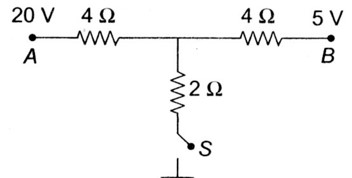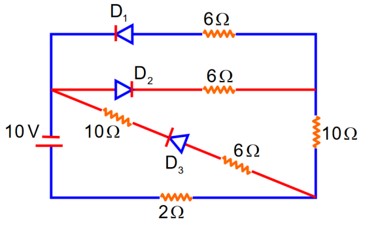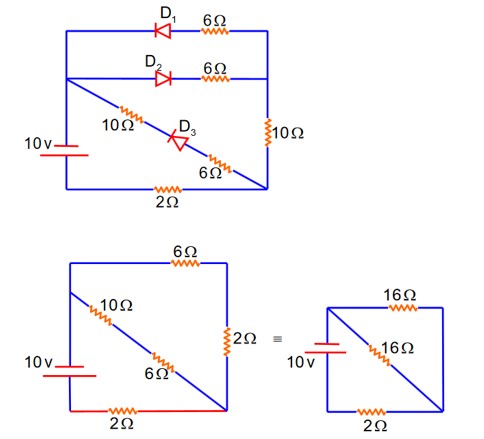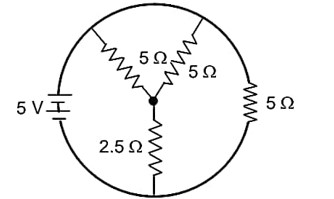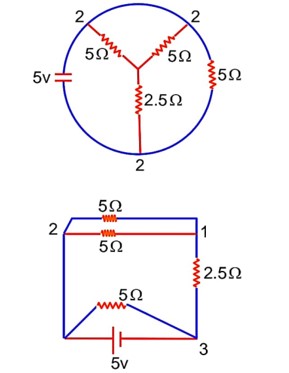In the experiment of Ohm's law, a potential difference of 5.0V is applied across the end of a conductor of length 10.0 cm and diameter of 5.00 mm. The measured current in the conductor is 2.00 A. The maximum permissible percentage error in the resistivity of the conductor is:
In the experiment of Ohm's law, a potential difference of 5.0V is applied across the end of a conductor of length 10.0 cm and diameter of 5.00 mm. The measured current in the conductor is 2.00 A. The maximum permissible percentage error in the resistivity of the conductor is:
Option 1 -
3.9
Option 2 -
8.4
Option 3 -
3.0
Option 4 -
7.5
-
1 Answer
-
Correct Option - 1
Detailed Solution:From ohm's Law, V = IR = I (ρl / A) = I (ρl / (πd²/4) ⇒ ρ = (πd²V) / (4lI)
Relative error in resistivity,
Δρ/ρ = 2 (Δd/d) + ΔV/V + Δl/l + ΔI/I = 2 × (0.01/5.00) + (0.1/5.0) + (0.1/10.0) + (0.01/2000) = 0.039
Percentage error = (Δρ/ρ) × 100 = 3.9%
Similar Questions for you
Let V
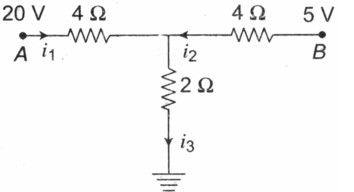
or
or or
Forward biased offer zero Resistance
D2} Reversed biased offers Infinite Resistance
R_eq = 10 + (50 × 20) / (50 + 20) = 170/7 Ω
⇒ I = 170 / (170/7) = 7A
⇒ x = 10 × 7 = 70V ⇒ Voltage across 10Ω resistor
Taking an Exam? Selecting a College?
Get authentic answers from experts, students and alumni that you won't find anywhere else
Sign Up on ShikshaOn Shiksha, get access to
- 65k Colleges
- 1.2k Exams
- 682k Reviews
- 1800k Answers

